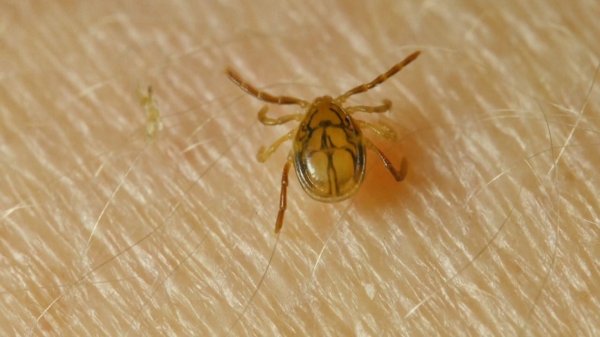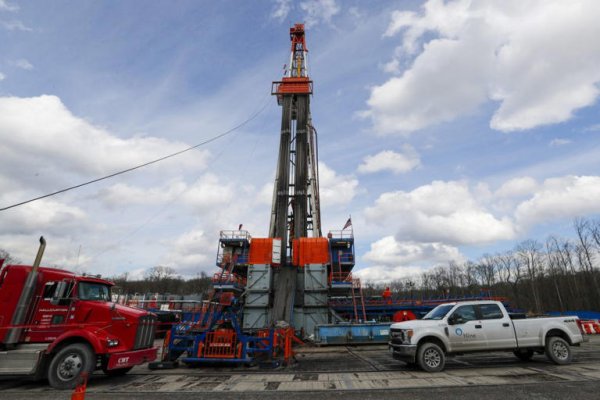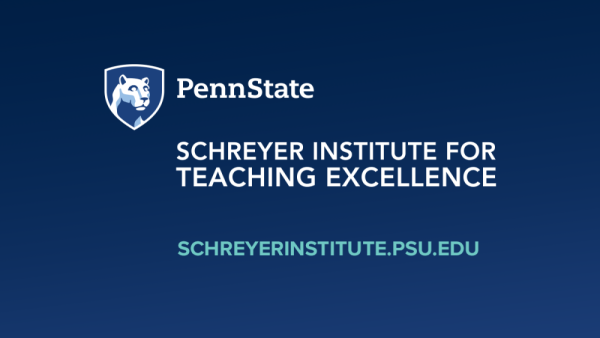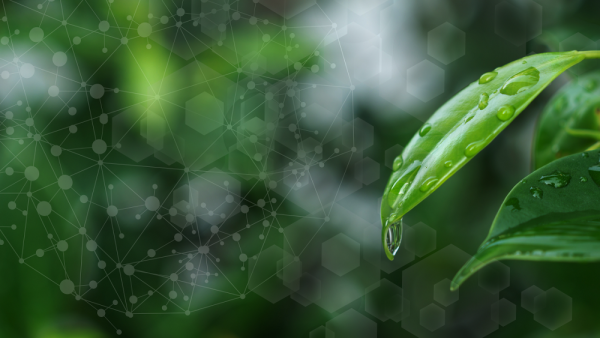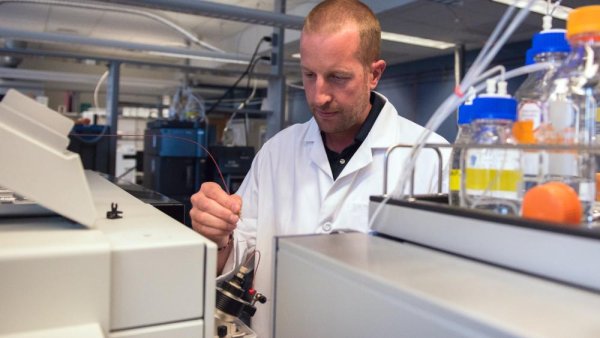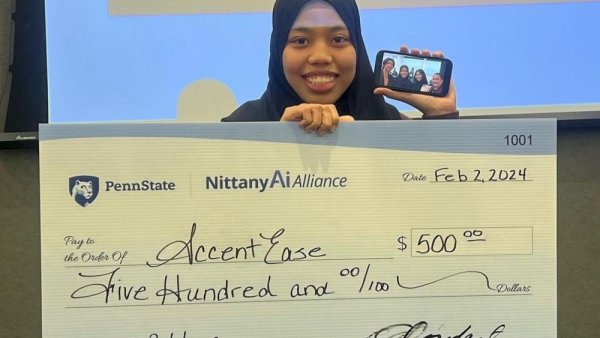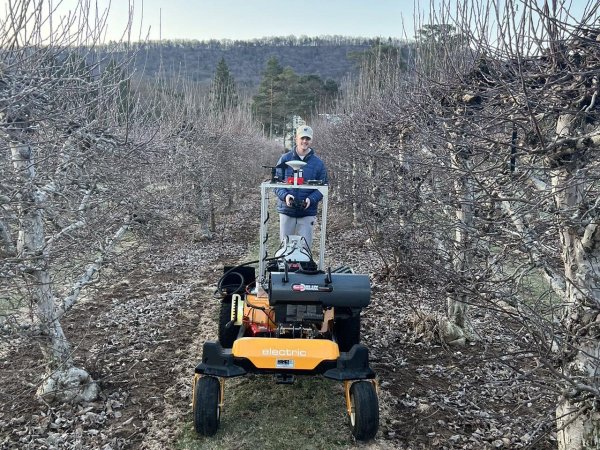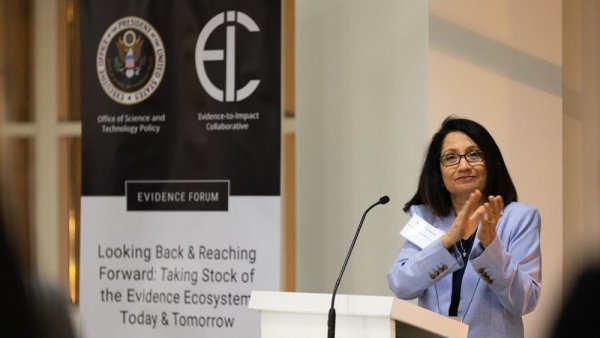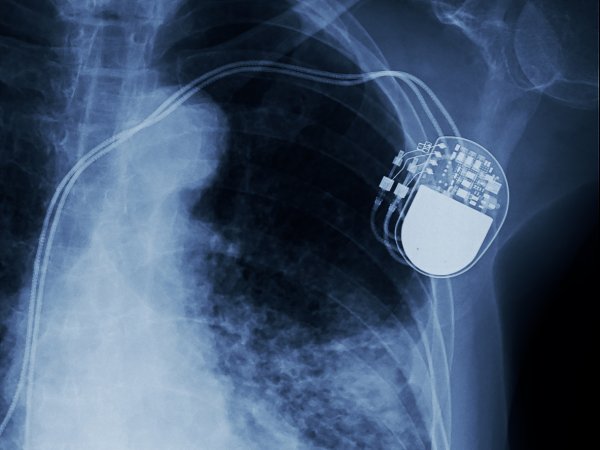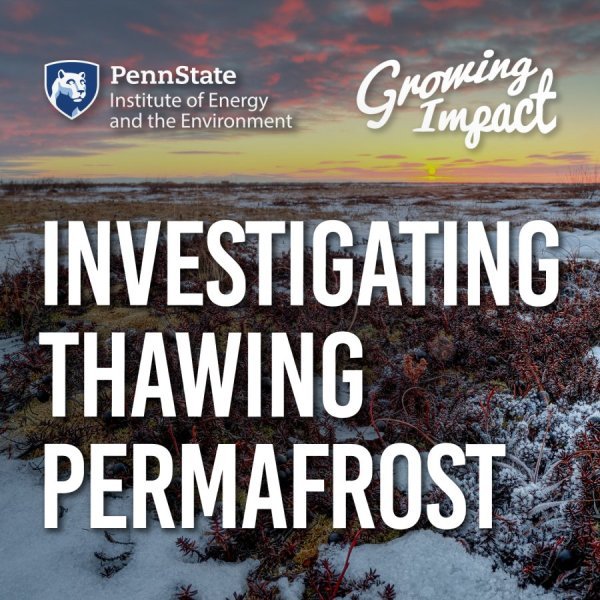Not too early to talk about ticks
| wnep.com
They may be small, but their bite can be trouble. Ticks can be a problem for those who spend time outdoors. The tiny vectors can spread dangerous diseases. This article mentions Penn State.
New demands to measure emissions raise cautious hopes in Pennsylvania among environmental sleuths who monitor fracking sites
| msn.com
For the first time, Pennsylvania fracking companies are facing real-time scrutiny from federal and state regulators over emissions of methane and other harmful air pollutants at drilling sites and storage facilities for toxic wastewater left over from oil and gas extractions. This article quotes Dave Yoxtheimer, Senior Research Assistant, Earth and Environmental Systems Institute, and Kenneth Davis, a professor of climate and atmospheric science.
New tech harvests both magnetic and ultrasound energy to safely power medical implants
| nanowerk.com
Novel dual energy harvesting device combines magnetic field and ultrasonic waves to safely generate over 50 mW - enough to swiftly recharge pacemakers without surgery.
Equity and inclusion, peer review grants available from Schreyer Institute
| psu.edu
The Schreyer Institute for Teaching Excellence invites proposals for the Advancing Equity and Inclusion Grant program and grants for units to support updates to their peer review guidelines.
Penn State College of Ag Sciences seeks partners for statewide tech initiative
| psu.edu
Penn State’s College of Agricultural Sciences invites collaborators from within and beyond the University to join it as it embarks on a new initiative focused on leveraging emerging and advanced technologies to support sustainable and resilient agricultural systems and the broader living systems that support them.
Penn State Inter-Campus Health and Medicine Research Program spurs collaboration
| psu.edu
Penn State Harrisburg and Penn State College of Medicine have announced a new initiative to support interdisciplinary research projects in health and medicine. The Penn State Inter-Campus Health and Medicine Research Program aims to enhance research capabilities across multiple locations, leverage diverse expertise and resources, and promote the translation of research findings into clinical practice and community health.
New role for bacterial enzyme in gut metabolism revealed
| psu.edu
Synthesized from cholesterol in the liver, bile acids long have been known to play a role in human metabolism. A team led by Penn State researchers has uncovered the mechanism by which bacteria in the gut generate a wide variety of new bile acid species, the functions of which are not yet clear.
Top student teams move to next phase of Nittany AI Challenge
| psu.edu
Eleven Penn State student teams using artificial intelligence (AI) for good to solve real-world problems in the areas of health, environment, education and humanitarianism are in the final phase of 2024 Nittany AI Challenge.
Cyber-physical heating system may protect apple blossoms in orchards
| psu.edu
Research suggests autonomous, intelligent system is capable of warming fruit tree canopies, preventing frost damage.
Penn State announces new public-impact research funding opportunities for campuses
| psu.edu
Penn State’s faculty, staff and students have always conducted research that serves the greater good. Now, by launching two new funding opportunities, the University aims to provide even more support to researchers and students at its Commonwealth Campuses who are conducting impactful work that benefits communities and improves the well-being of local residents. Applications are now being accepted and are due by April 12.
Tiokasin Ghosthorse to give public talk on Indigenous knowledge and language
| psu.edu
Indigenous scholar Tiokasin Ghosthorse will share his extensive knowledge with the community on Mar. 13 in the HUB Flex Theatre and online.
Dual-energy device unlocks potential for wireless medical implants
| interestingengineering.com
This first-of-a-kind device harvests dual-energy sources simultaneously with high efficiency. This article quotes Bed Poudel, associate research professor of Materials Science and Engineering, and Mehdi Kiani, associate professor of Electrical Engineering.

